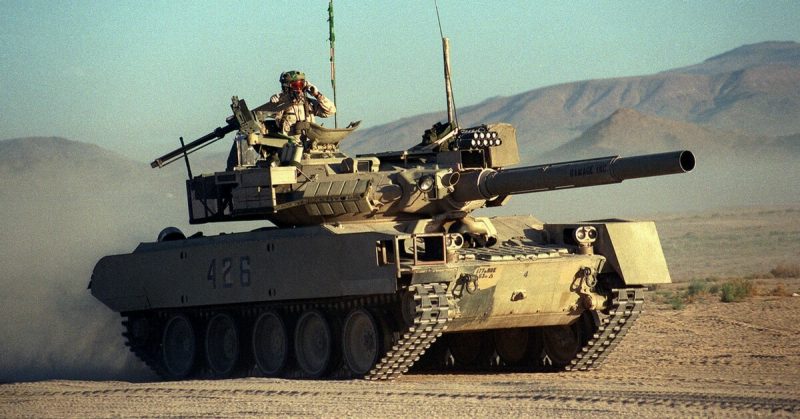After WWII the classification of tanks was radically altered; there were no more light, medium and heavy tanks. All the roles were combined to fit the same vehicle.
In the 1960s the Main Battle Tank (MBT) started a new era in armored warfare. Although this project, initiated by the United States, sounded great, it was still far from today’s models. Conflict was moving away from frontline combat, but there was still a need for a highly mobile light tank. One that could provide infantry support in urban and jungle environments.
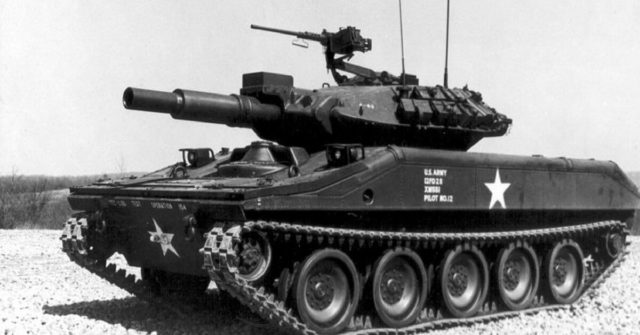
Following the development of the Soviet PT-76 amphibious light tank, the M551 Sheridan was conceived to replace the older and somewhat unsuccessful M41 Walker Bulldog. Named after a Civil War General, Phillip Sheridan, the M551 combined agility with considerable firepower, to fit the profile of a United States cavalry tank.
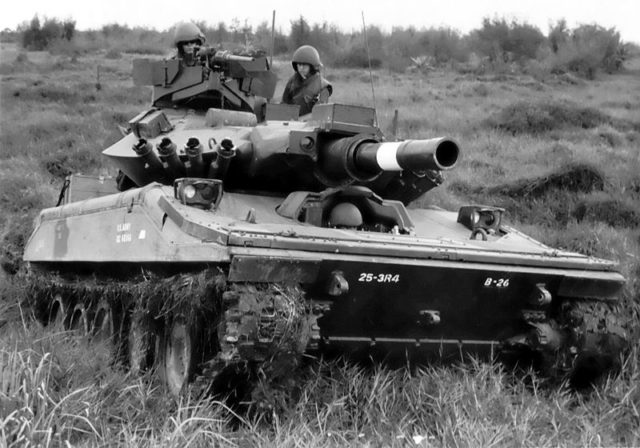
Its main armament was the technologically advanced M81E1 152mm gun/launcher capable of firing both conventional ammunition and the MGM-51 Shillelagh guided anti-tank missile.
As well as its devastating main cannon, the tank was armed with two additional machine guns (.50 cal and .30 cal). Weighing only 15.2 tons, it was specially equipped for amphibious operations. It was intended to overcome situations typical for its predecessors, such as getting stuck in mud.
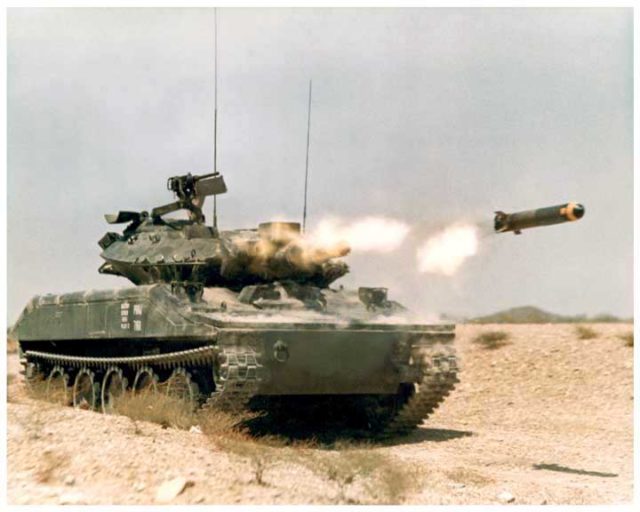
The first version of the Sheridan was produced in 1967. In 1969, at the urging of the US Commander of Military Forces in Vietnam, Creighton Abrams, the tank was put into service and saw its first combat activities. The reviews were mixed.
On the plus side, the tank did provide crucial infantry support. It proved to be more successful than the M113 APC which was armed with only a single .50 cal machine gun. The tank crews were relieved not have to worry about road conditions, which represented a huge problem in Vietnam, especially during the monsoon season.
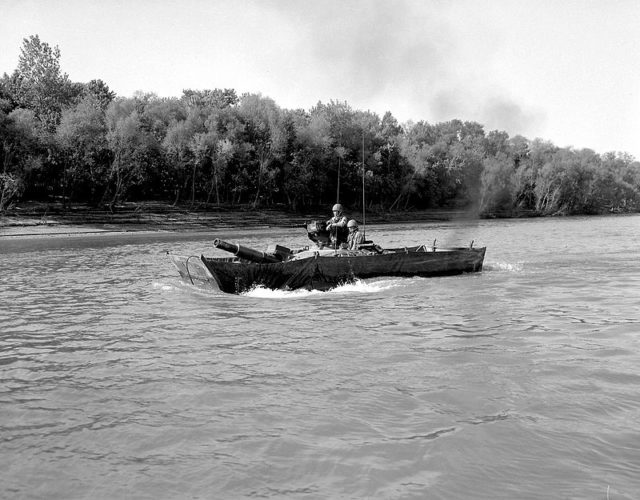
On the downside, Sheridan’s canon proved to be very unreliable. The gun was too heavy for the platform, and it caused severe recoil, often damaging the internal mechanisms. There was also a problem with loading the shells. It was designed to fire caseless 152 mm modified rounds which were fixed to a propellant. Often they would become separated and were then useless.
As well as these defects, the Sheridan proved to be extremely vulnerable to anti-tank mines and RPGs. It became a death trap for its crews, incapable of withstanding a single rocket shot or a landmine explosion. Its low weight affected its armor significantly, making it an easy target for ambushes.
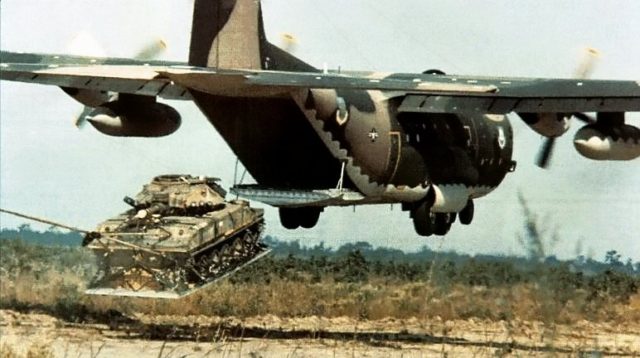
The tank was intended to be dropped by parachute, as an airborne support vehicle. It was not until the US invasion of Panama in 1989 that it got a chance to try this as a real combat tactical option. Ten Sheridans were parachuted into Panama during the initial phase of the invasion, but two were destroyed during landing.
The M551 Sheridan saw limited action during the Gulf War and was placed in reserve, sometimes serving as target practice. It was officially retired in 1996.
